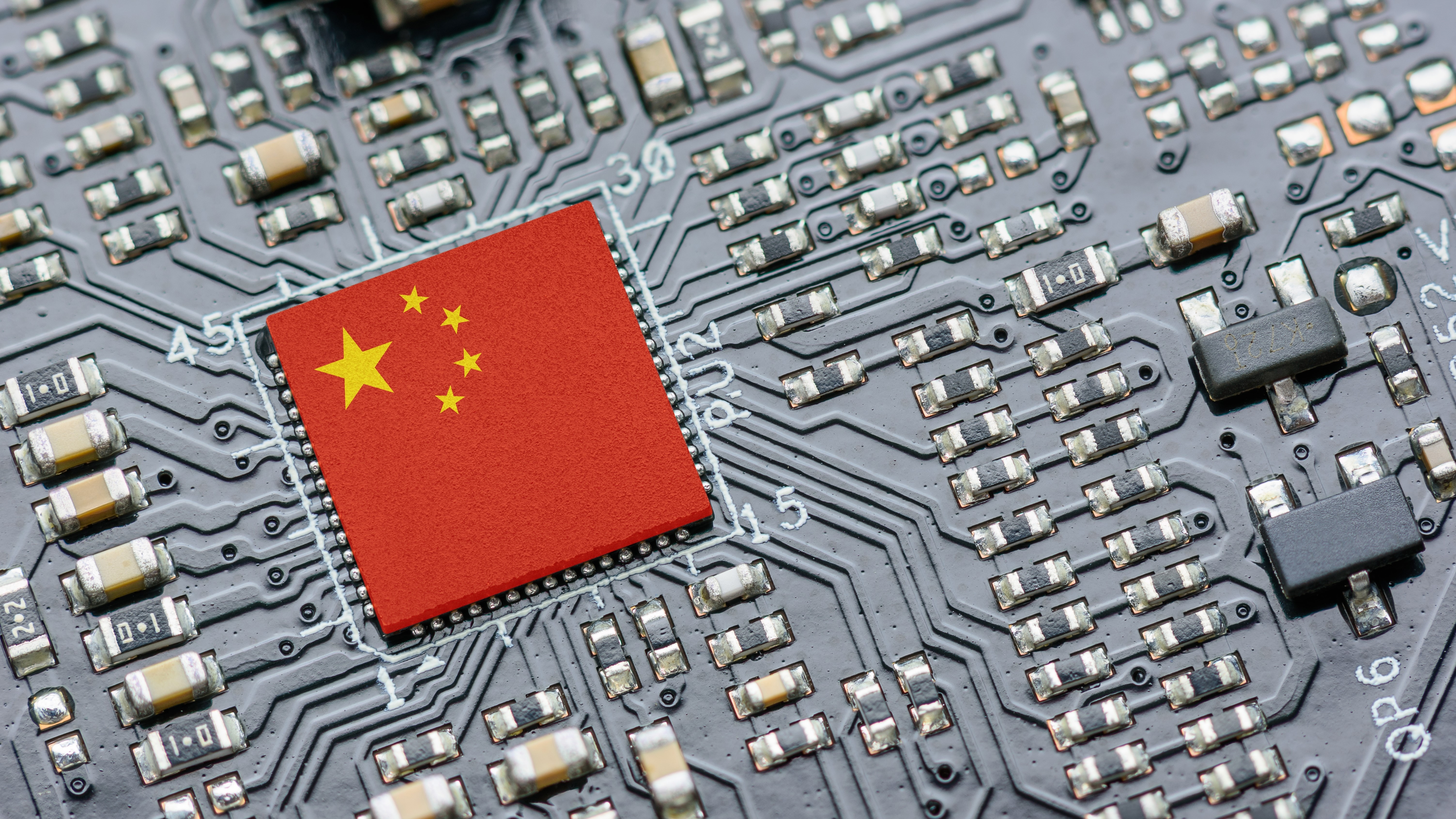China releases 'UBIOS' standard to replace UEFI — Huawei-backed BIOS firmware replacement charges China's domestic computing goals
Support for chiplets, heterogeneous computing, and a step away from U.S.-based standards are key features of China's BIOS replacement.

China has worked for years to further separate its computing progress from the United States and its tech companies. Today heralds a major development to this end, as the Global Computing Consortium has announced the "UBIOS" global standard, a new replacement for UEFI and BIOS. Fast Technology reports that the GCC's new standard is a rebuilding of BIOS firmware from the ground up, bypassing UEFI development entirely.
UBIOS, or "Unified Basic Input/Output System", is a firmware standard to replace BIOS and UEFI, the first and most prolific motherboard firmware architectures, respectively, that bridge the gap between processors and operating systems. The UBIOS standard was drafted by 13 Chinese tech companies, including Huawei, CESI (China Electronics Standardization Institute), Byosoft, and Kunlun Tech. The standard is the first standardized and scalable Chinese domestic firmware, representing a major step forward for Chinese domestic tech development.
BIOS is the motherboard firmware that acts in between CPUs and operating systems like Windows or Linux. BIOS informs the operating system how much RAM the computer has, how many storage devices are installed, the speed of the CPU, and other essential, basic properties. UEFI, or Unified Extensible Firmware Interface, has replaced the outdated BIOS in every modern consumer computer for the last several years, supported by a multi-company working group largely dominated by the American x86 CPU developers Intel and AMD.
China and the United States have been involved in a heated trade war over computing for the last several years, prompting China's government to push a major initiative encouraging its citizens and companies to move away from non-domestic computer hardware and software. The famous "Document 79" doctrine directs its people to abandon Western tech by 2027 — an incredibly ambitious goal. The development of the UBIOS standard is a major win for China as it seeks to reach this end.
The GCC and Chinese tech firms reportedly built UBIOS from the original BIOS spec, avoiding iterating on UEFI entirely. The working group claims it chose to avoid the UEFI spec due to the development bloat of UEFI and TianoCore EDK II, the Intel-made reference implementation of UEFI used almost universally among UEFI hardware and software developers.
UBIOS's unique features over UEFI include increased support for chiplets and other heterogeneous computing use-cases, such as multi-CPU motherboards with mismatching CPUs, something UEFI struggles with or does not support. It will also better support non-x86 CPU architectures such as ARM, RISC-V, and LoongArch, the first major Chinese operating system.
UBIOS will be further discussed and revealed by the Global Computing Consortium at the 2025 Global Computing Conference in Shenzhen this November. For a country looking to both bolster its own domestic computing ecosystem and step away from American systems that constrict non-standard hardware implementations, the development of UBIOS may prove to be a major win for China. However, whether UBIOS becomes widely adopted and championed like the open standard RISC-V, or widely abandoned like LoongArch, remains to be seen.
Get Tom's Hardware's best news and in-depth reviews, straight to your inbox.

Follow Tom's Hardware on Google News, or add us as a preferred source, to get our latest news, analysis, & reviews in your feeds.

Sunny Grimm is a contributing writer for Tom's Hardware. He has been building and breaking computers since 2017, serving as the resident youngster at Tom's. From APUs to RGB, Sunny has a handle on all the latest tech news.